This huge free sample library is packed with over 1200 sample packs recorded by a "global collective of sound nerds"
Our guide to one of the web's biggest free high-quality sample libraries and the free sampler plugin you can use to play them
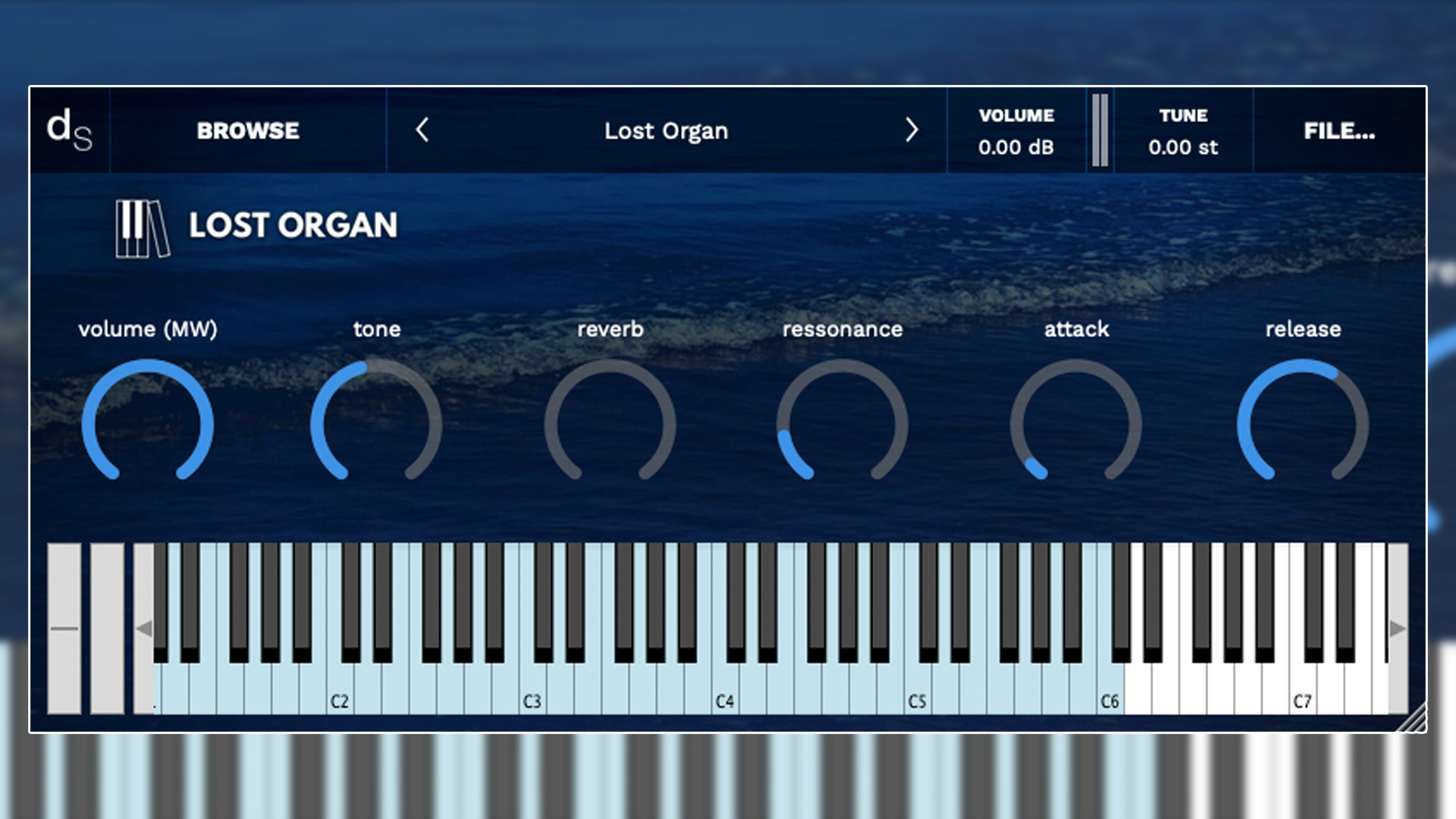
Last week, we looked at some of the fascinating sounds available courtesy of Spitfire Audio’s LABS. However, this really only scratched the surface of sampler instruments and the amazing world of tonal possibilities that can be found in the medium of sampling.
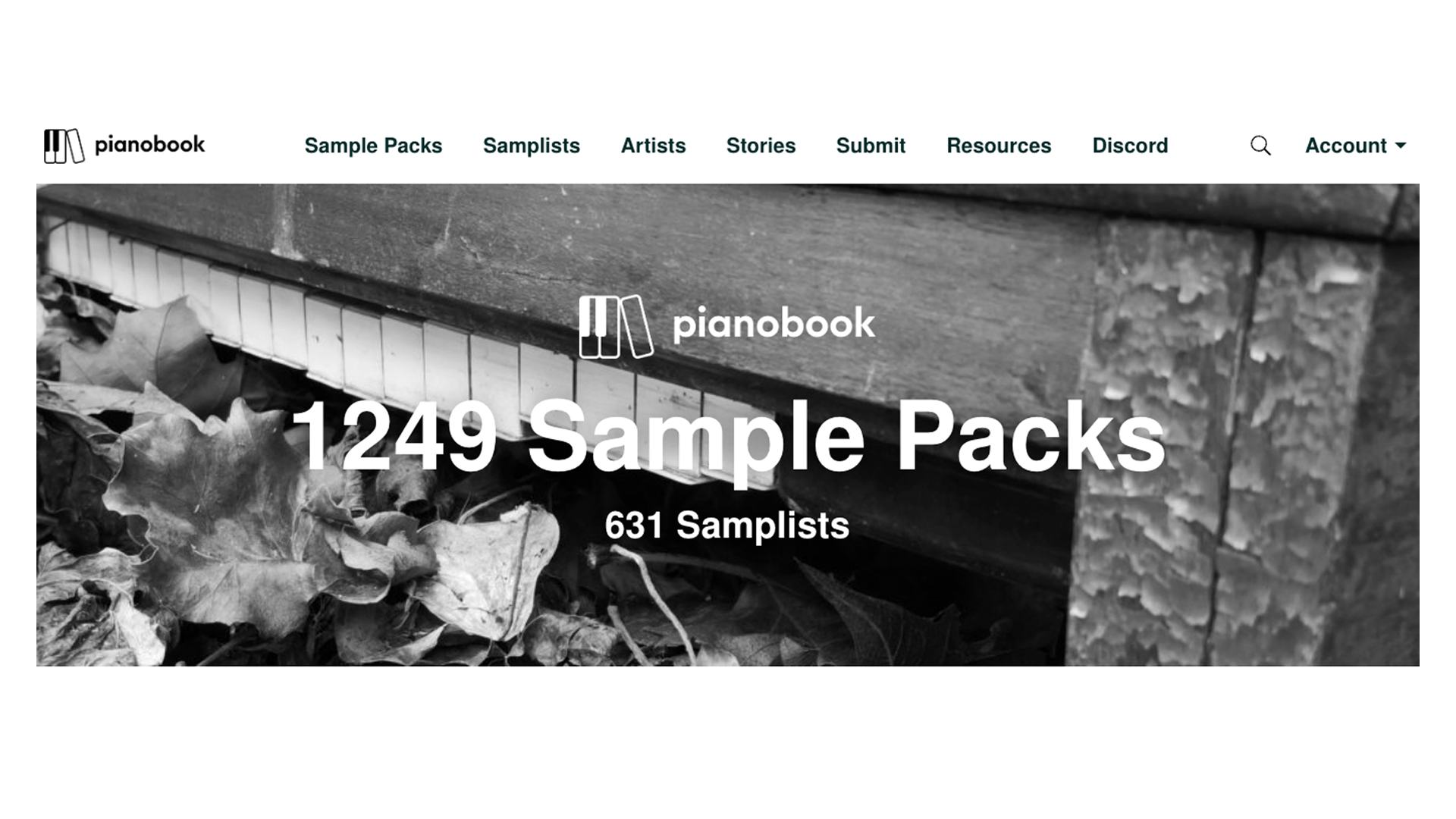
Several years ago Christian Henson (the same man behind LABS) had the idea to create an online sampler-instrument sharing platform where anyone could share sampler-instruments that they had made, freely.
It began life focusing solely on piano sampler-instruments and was aptly named Pianobook. People would sample their pianos and upload their sampler-instruments to Pianobook for other people to use. It soon became a positive community of like-minded samplists sharing a wide variety of characterful piano samples.
Fast forward to today and Pianobook is now a huge and vibrant community of samplists no-longer confined to pianos. There are all manner of things on Pianobook ranging from high-quality, very realistic instrument samples, through to unique, weird and bizarre things that can be used in all manner of ways; melodically, harmonically and/or percussively.
If you want lush, cello swells, or orchestral timpani drums, it’s got them! If you want instruments made from coffee grinders, broken toys, or lampshades, it’s got them too!
As discussed in my previous article, the (arguably) industry-leading sampler is Native Instruments’ Kontakt, which costs £269. Another very widely used sampler is Logic Pro X’s Sampler (formerly the EXS24), which comes bundled with Logic Pro X (at £199).
There had never really been a good-quality, free sampler software instrument, and therefore, despite Pianobook providing a wealth of free sampler instruments, there was still the requirement that you paid a substantial amount of money for a sampler in which to run them. Enter David Hilowitz!
Want all the hottest music and gear news, reviews, deals, features and more, direct to your inbox? Sign up here.
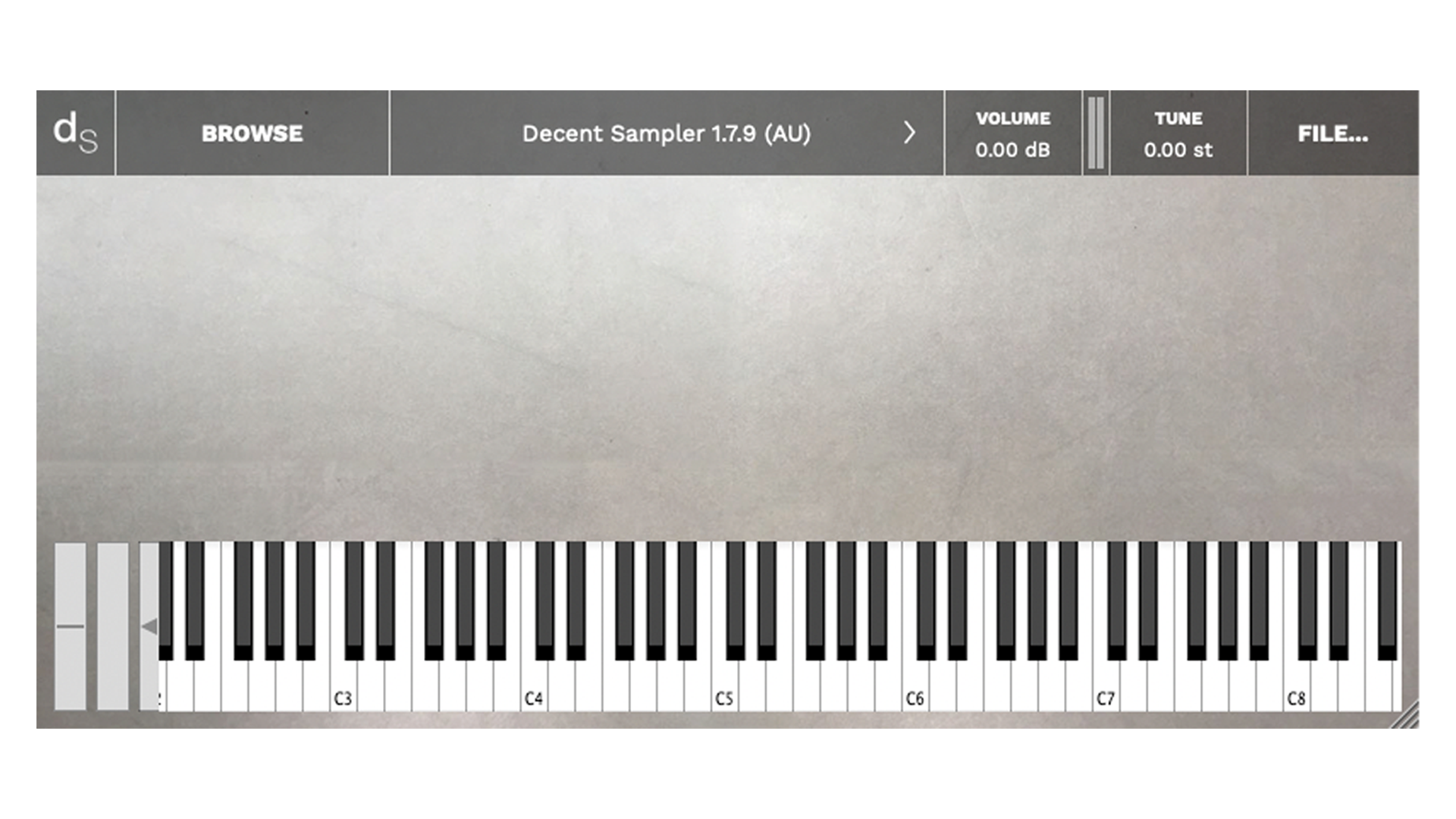
David Hilowitz developed a free sampler called Decent Sampler. I’ll delve into this in more detail below, but suffice to say it’s been a game changer for Pianobook as it means that anyone, regardless of their operating system, can have access to and actually use thousands of free sampler-instruments.
A large part of this was made possible thanks to some very dedicated Pianobook users, such as Frédéric Poirier, who (along with fellow Pianobook user Kyle Bradshaw) painstakingly converted the majority of the Logic Sampler/EXS24 sampler instruments on Pianobook into Decent Sampler instruments.
I’ve also heard rumours that a batch converter to convert all of the Kontakt sampler instruments into Decent Sampler instruments is in development, however these are still just rumours at the time of writing this article.
Installing Decent Sampler
It doesn’t take a lot to get going with Pianobook and Decent Sampler. Firstly download Decent Sampler and install it. Thankfully, David Hilowitz has made a very helpful video on installing Decent Sampler and adding sample instruments to your sample library folder directory.
His video only covers the PC install, but for Mac users, the process is practically identical, and if you’ve ever downloaded and installed a piece of software on your Mac, it should feel like familiar territory.
Now, create an account on Pianobook, browse and download a few instruments that pique your interest. Make sure to look for sampler-instruments with the Decent Sampler logo. I also recommend that while you’re still familiarising yourself with the sampler, only download two or three instruments to begin with. Once downloaded, follow the steps in the above mentioned video to add them to your sampler library and get making music!
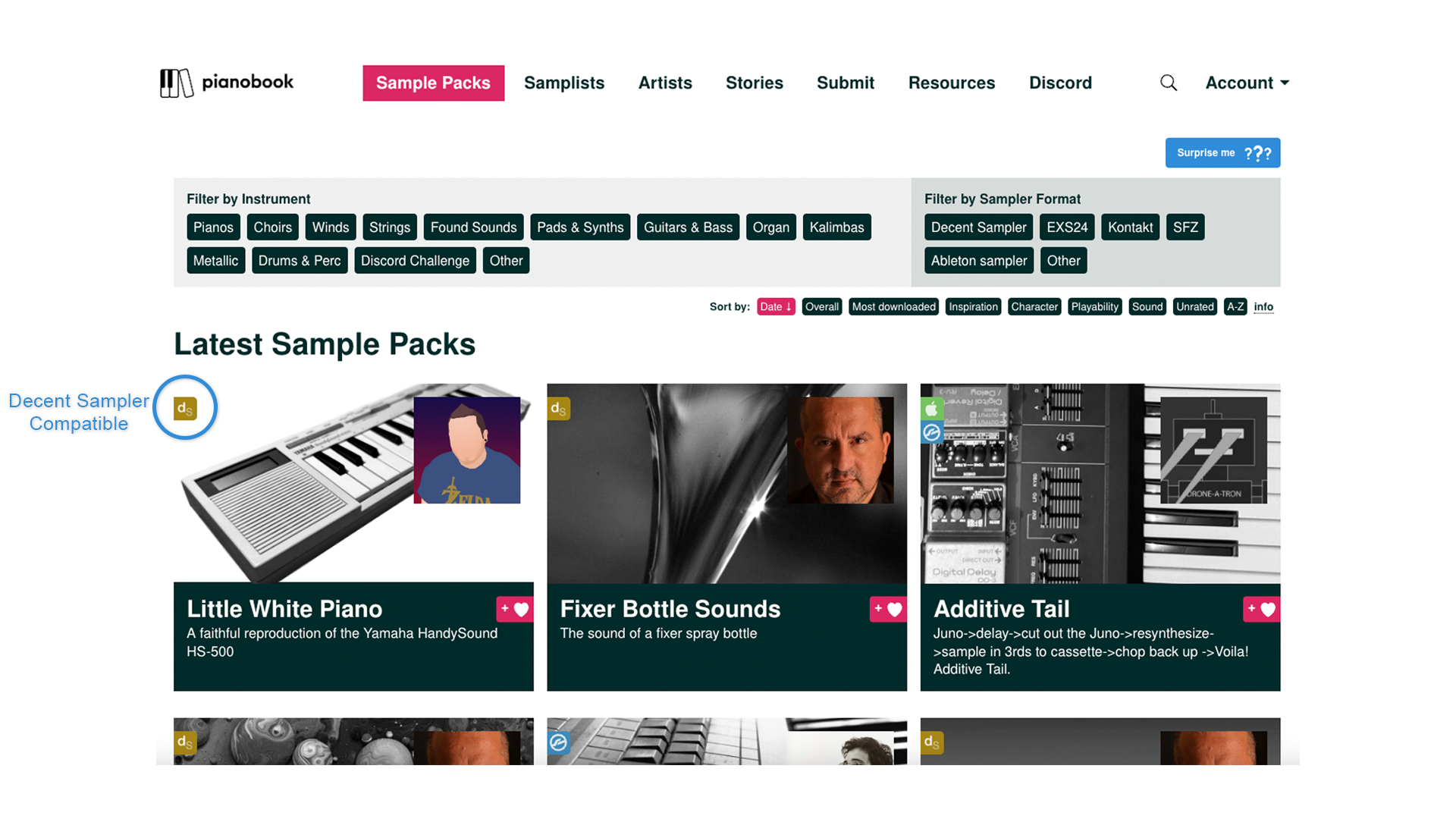
It’s that simple! You now have hundreds of sampler instruments at your fingertips and a free sampler with which to use them.
Making your own sample instruments with Decent Sampler
Having access to hundreds of sampler-instruments is of course amazing, but perhaps you also want to dabble in making your own sampler-instrument. Decent Sampler is XML based and so, with the right command lines, you can create your own sampler-instrument just by using a text editor.
The code in your text editor tells Decent Sampler all the info Decent Sampler needs to play back your samples, such as where the samples are saved on the hard drive, what the root note(s) of the samples are, whether or not you wish to include an envelope, whether or not the samples must loop and so on.
Now, you might be thinking that coding of this nature is all rather daunting, after all, you’re a musician, not a coder, right?! Well, don’t worry too much, as firstly, David does a superb job of explaining things in an easy to understand video, embedded above.
This web page also has all the info you’ll need for the creation of Decent Sampler instruments. It includes code templates which do a lot of the coding leg-work for you, leaving you to simply add the info about your audio files and so on. Furthermore, if you scroll to near the bottom, you’ll see “Appendix C” which you can copy/paste into your text editor to get started.
It’ll likely require a little trial and error to get used to, but once you’ve done it once, the whole thing feels a lot less daunting.
5 of the best Pianobook Decent Sampler instruments
1. Khayones Keys
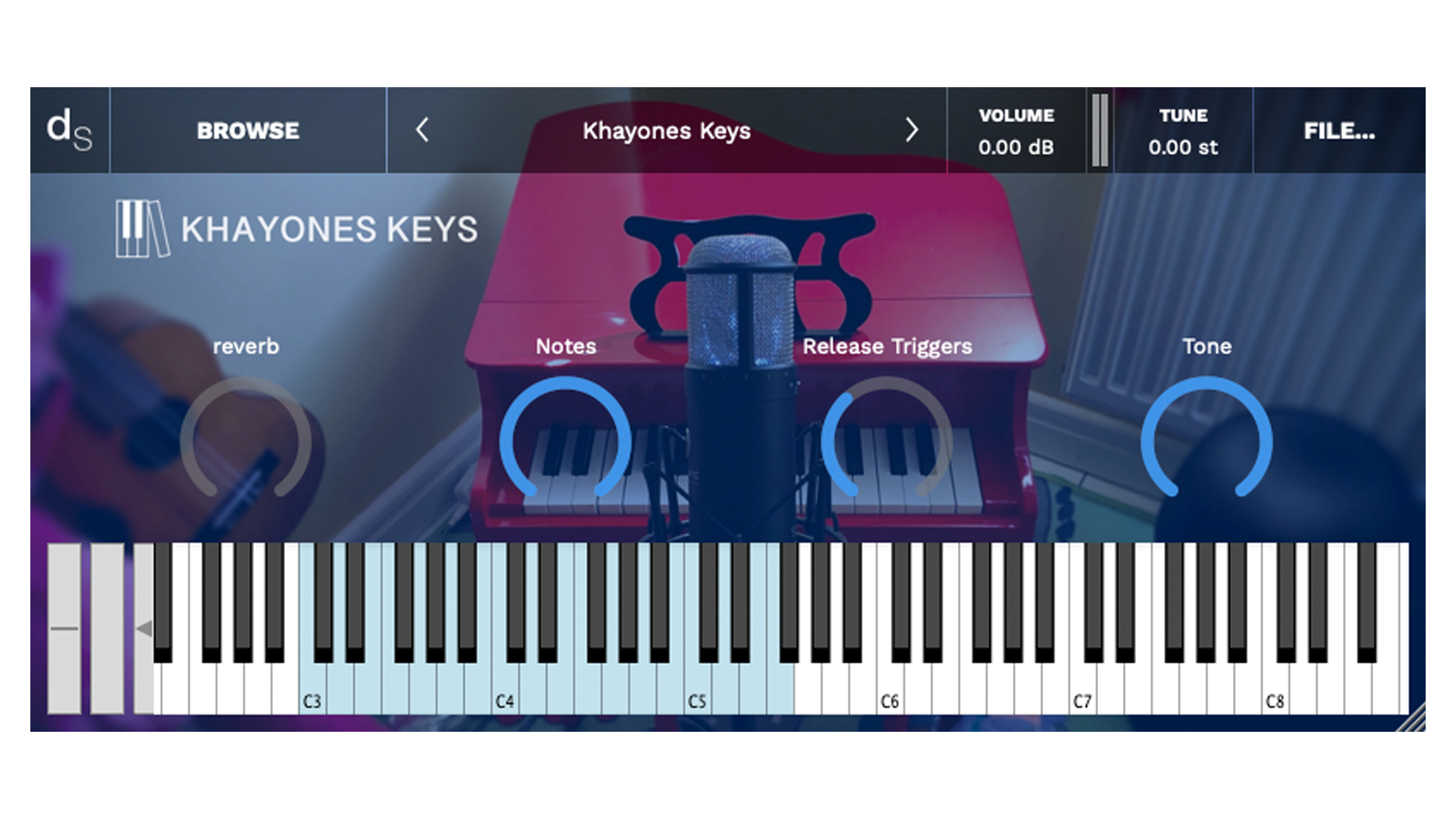
Khayones Keys is a toy piano recorded with two velocity layers and bundles of charm. I recently undertook a commission for a video game soundtrack set in a haunted mansion, so I needed lots of tactile sounds that could take on a creepy quality.
I got a lot of mileage out of this sample set. If it wasn’t carrying lead melodies, it was providing counter melodies or doubling in unison with lead melodies played on other instruments. It’s a delicious sample set that can be as cute and novel as it can be creepy and eerie.
2. Lost Organ
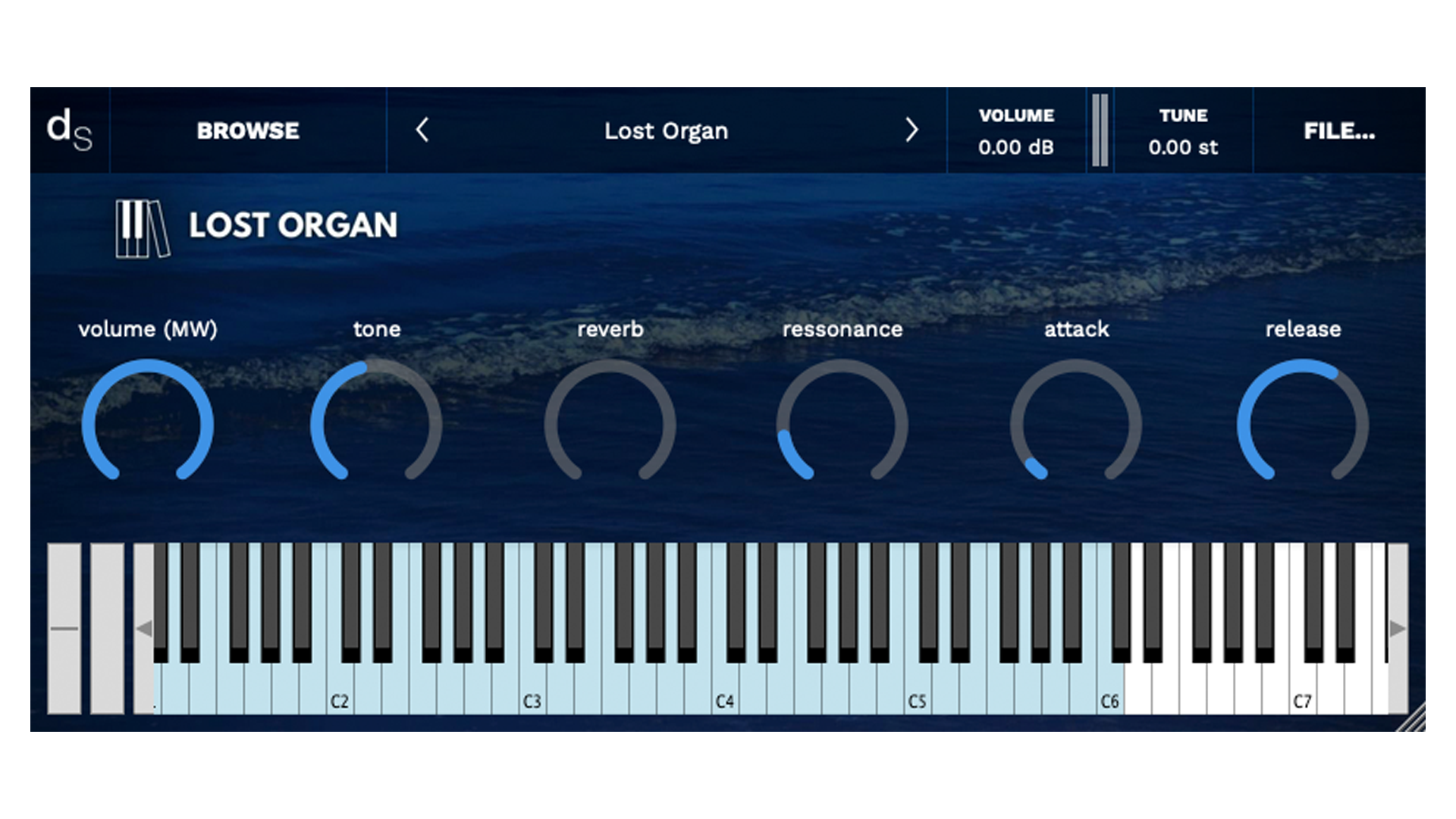
The Lost Organ sample instrument is a deep and immersive tone that walks a line somewhere between a pad and an organ. Its creator took some old church organ samples they had and processed them through wavetable synthesis to create new tones (which were then sampled) that are both distinctively original, yet bare some semblance of the organ tones from which they’re derived. The resulting tones are stunningly ethereal.
3. Sunrise At Macritchie Reservoir: 001 Sunrise Flight
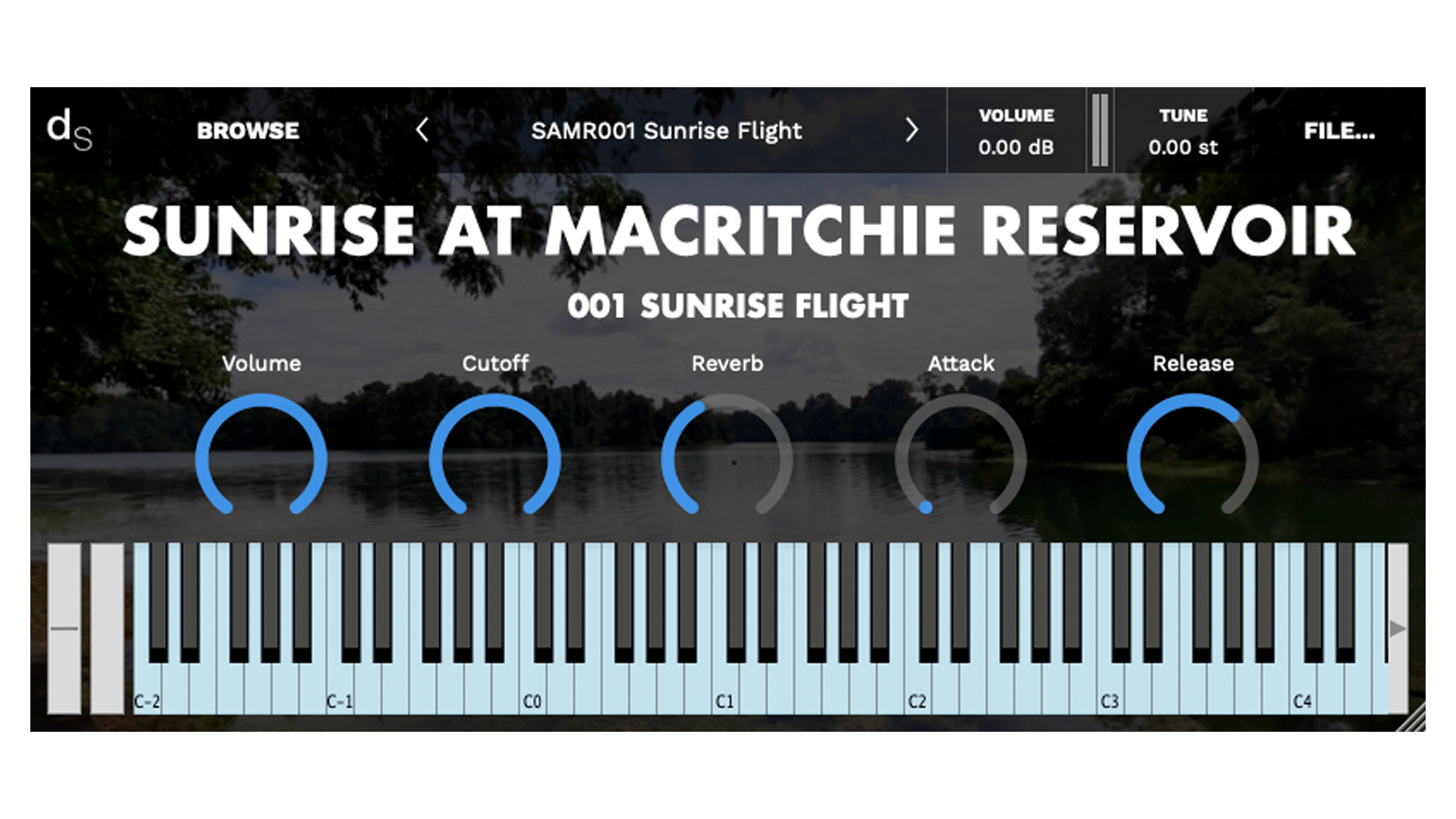
Created from processed field recordings, Sunrise at Macritchie Reservoir is hauntingly beautiful. I’ve lost myself numerous times in this sample instrument, holding chords in different registers and listening to the sounds evolve.
I’ve used this sample instrument on more than one ambient project of late, such is its reassuring and embracing quality. I’d even go as far as saying it’s possibly my favourite sample instrument available on Pianobook.
4. Thunder
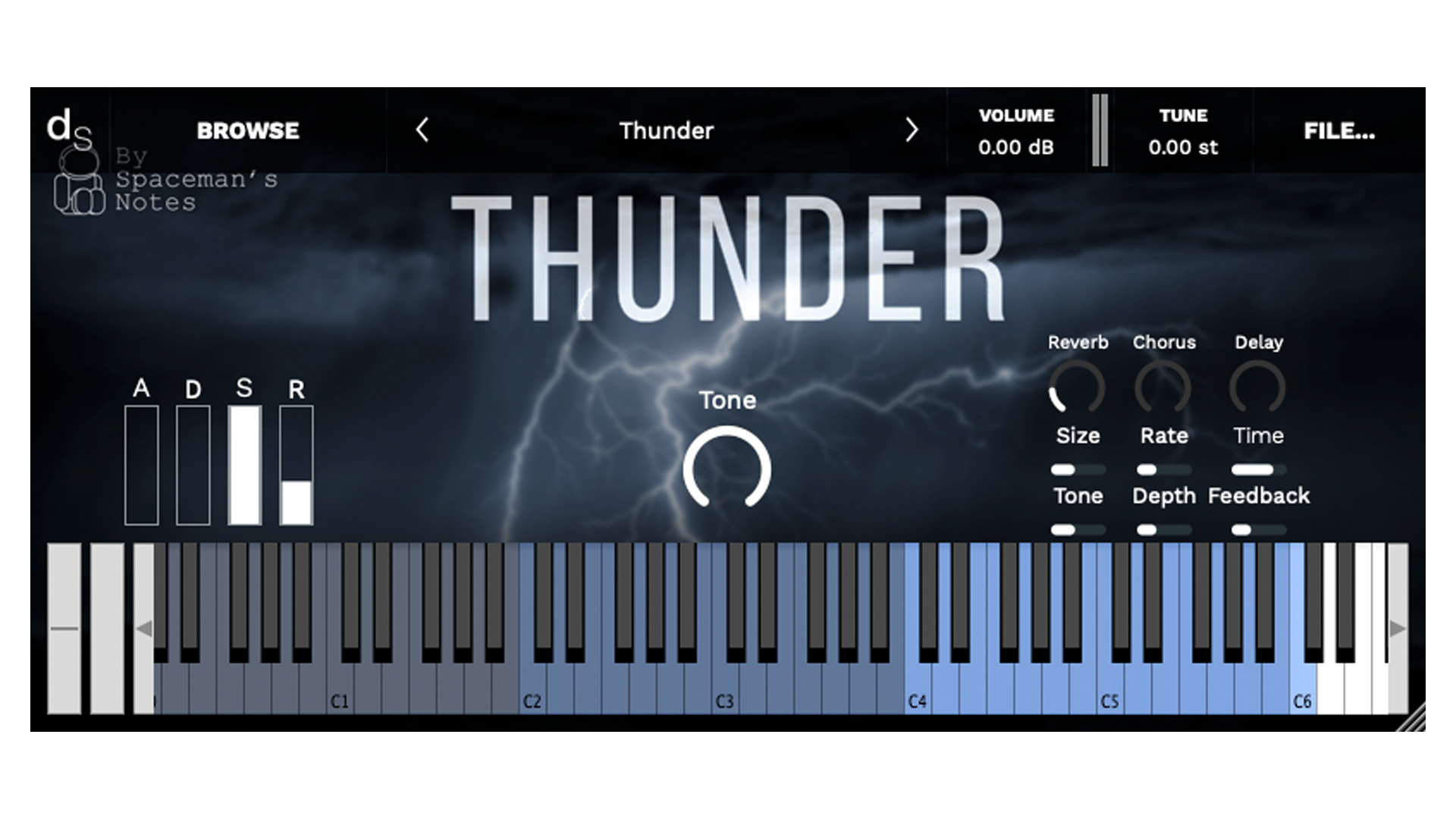
No prizes for guessing that Thunder takes its audio from field recordings of a thunderstorm. However, these aren’t just the sounds of thunder, but rather a thunderstorm processed in such a way as to create vast, ominous and richly detailed pad-like ambiences. Furthermore, its character takes on new properties depending on which register you’re using. Great for dark, menacing textures.
5. Tuned Thai Gongs
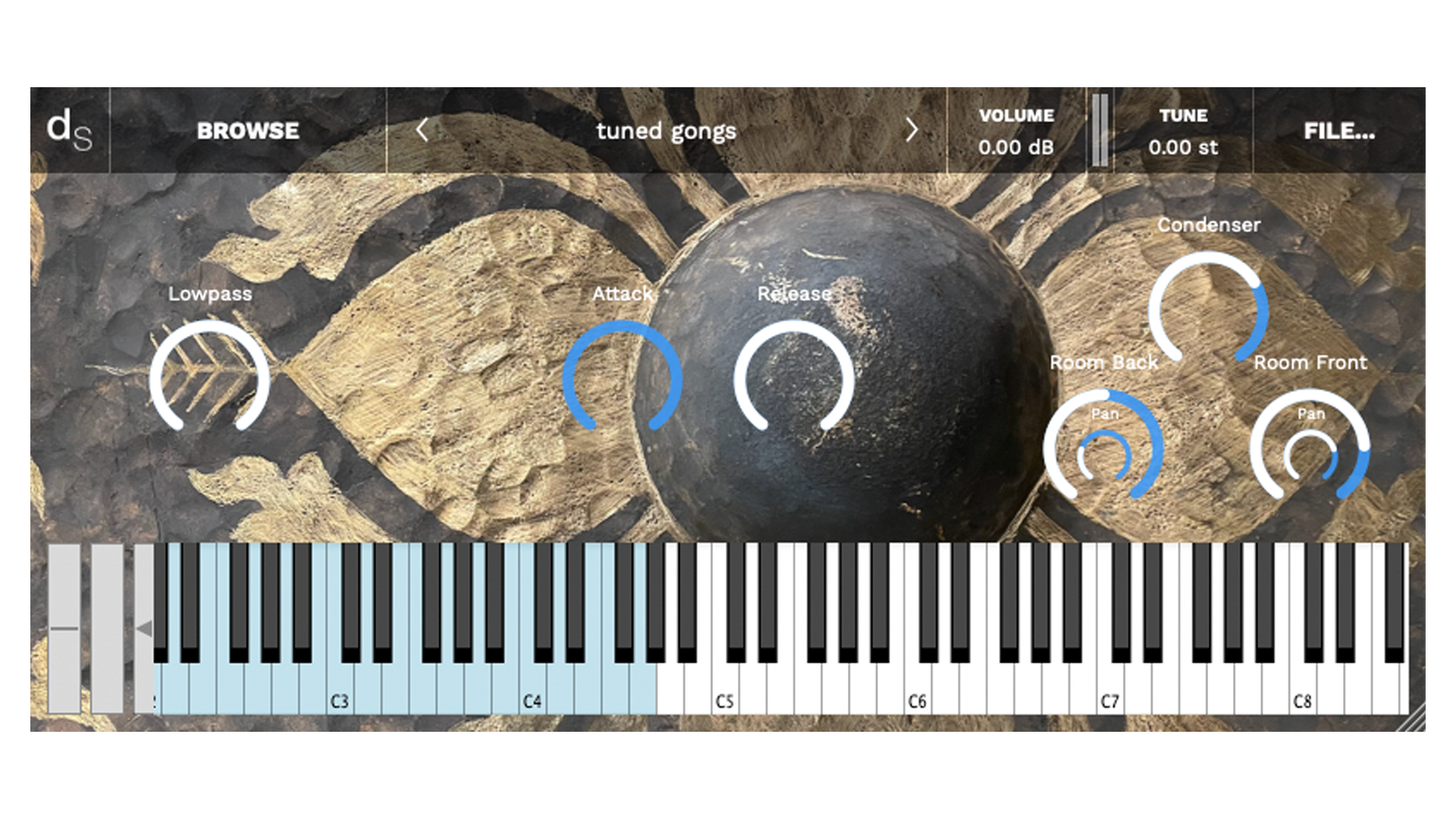
Tuned Thai Gongs are exactly that! Firstly, these sound seriously epic and I’ve found myself using them as a curious alternative to where one might conventionally place tubular bells. What’s also so lovely about this sampler instrument is the attention to detail.
The gongs have been recorded with multiple microphones and the Decent Sampler configuration the creator has set up allows you to control the amplitude of each microphone, as well as the panning of the two ambient, room mics. Kudos to the samplers taking the time and care to offer so many variables.
Decent Sampler tips and tricks
Patch saves
Decent Sampler organises its sample library alphabetically. This means that there’s no way to group sample libraries according to timbre or instrument type. I have therefore taken to loading up an instrument and saving my channel-strip settings as a patch in my DAW, categorised for simple navigation and recall. I keep a folder directory of patches specifically pertaining to Pianobook instruments, which are then categorised into instrument/timbre sub-folders.
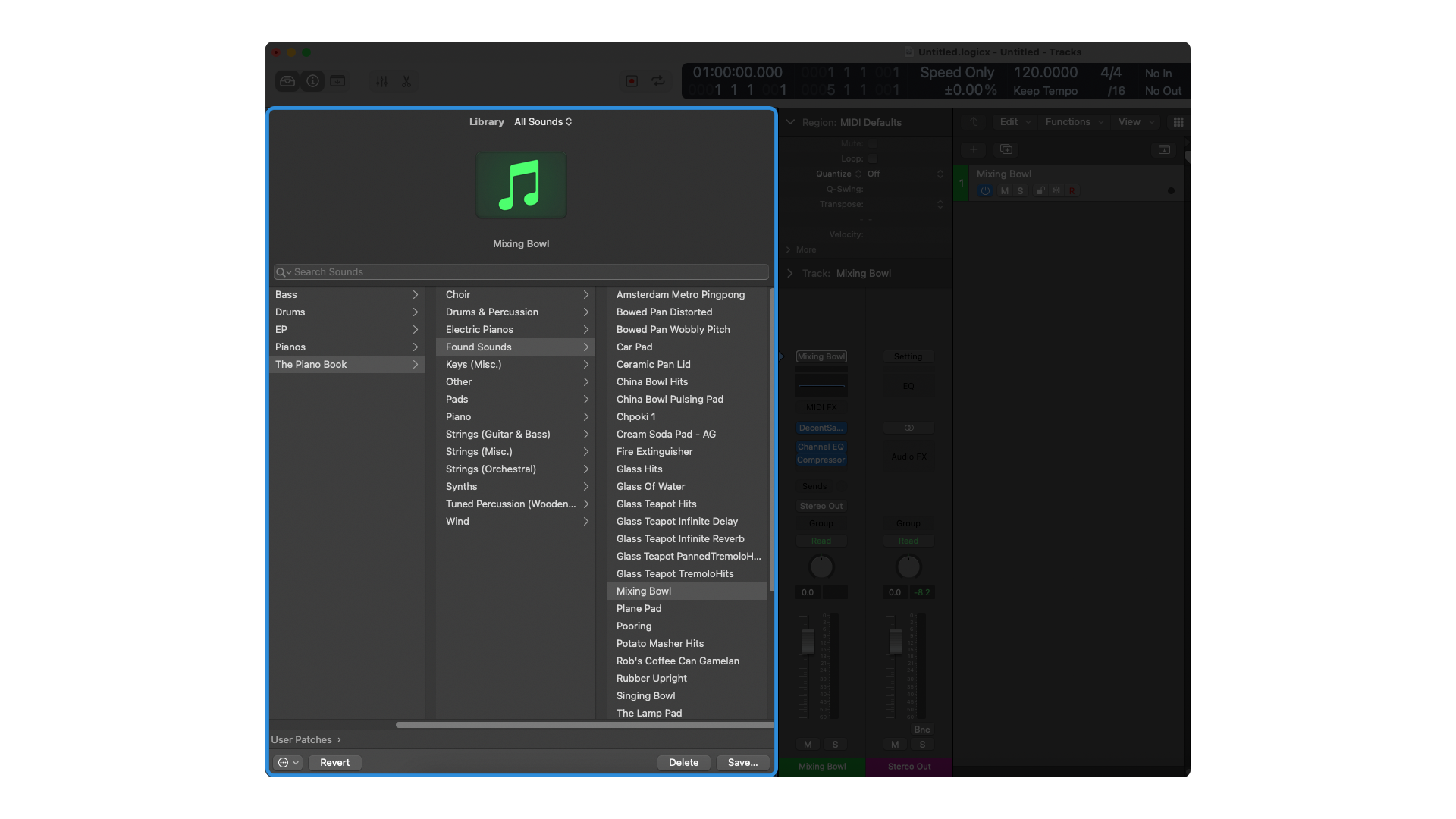
Having my patches saved according to instrument type makes workflow and navigation much quicker, as I’m not having to remember what each instrument is called, but can go straight to whatever type of sound I’m looking for (strings, pads, percussion, etc).
Additional parameters
Sometimes, I’ll find myself loving a Pianobook instrument, but also find it lacking a parameter I wish to adjust, such as attack or release. The great thing about Decent Sampler being XML-based is that you can simply add a dial that isn’t there!
You can use the above-mentioned guides to input the appropriate code to the .dspreset file, however, I’ve found it quicker to simply copy/paste relevant code from another instrument. For example:
- Find a sampler instrument that has your desired parameter (e.g: release)
- Open this instrument’s .dspreset file in a text editor
- Copy/paste the code pertaining to your desired parameter
- Now find the instrument you wish to change
- Make a copy of the instrument’s .dspreset file (and give it a new name) in Decent Sampler’s sample library
- Open this newly created/copied .dspreset file in a text editor
- Paste the code you copied into the relevant part of the code and save the text file
- Refresh the Decent Sampler library and load up your new incarnation of the instrument, now with the additional parameter controls
When doing this, you may find the new dial’s position and/or size to be out of alignment with the other controls. Whilst the dial will still work, you may find this aesthetically displeasing. You can correct this with a little trial and error in the text editor; looking at what x/y pixel coordinates of the other dials, and going for something similar with the new dial.
In the example below, I’ve added Attack to the Frozen Glock sampler instrument. This is a fantastic glockenspiel patch that I use often, but also wanted to use with a slow attack, for a more glassy, pad-like quality. A couple of minutes of copy/pasting and tweaking code and I had exactly what I wanted.
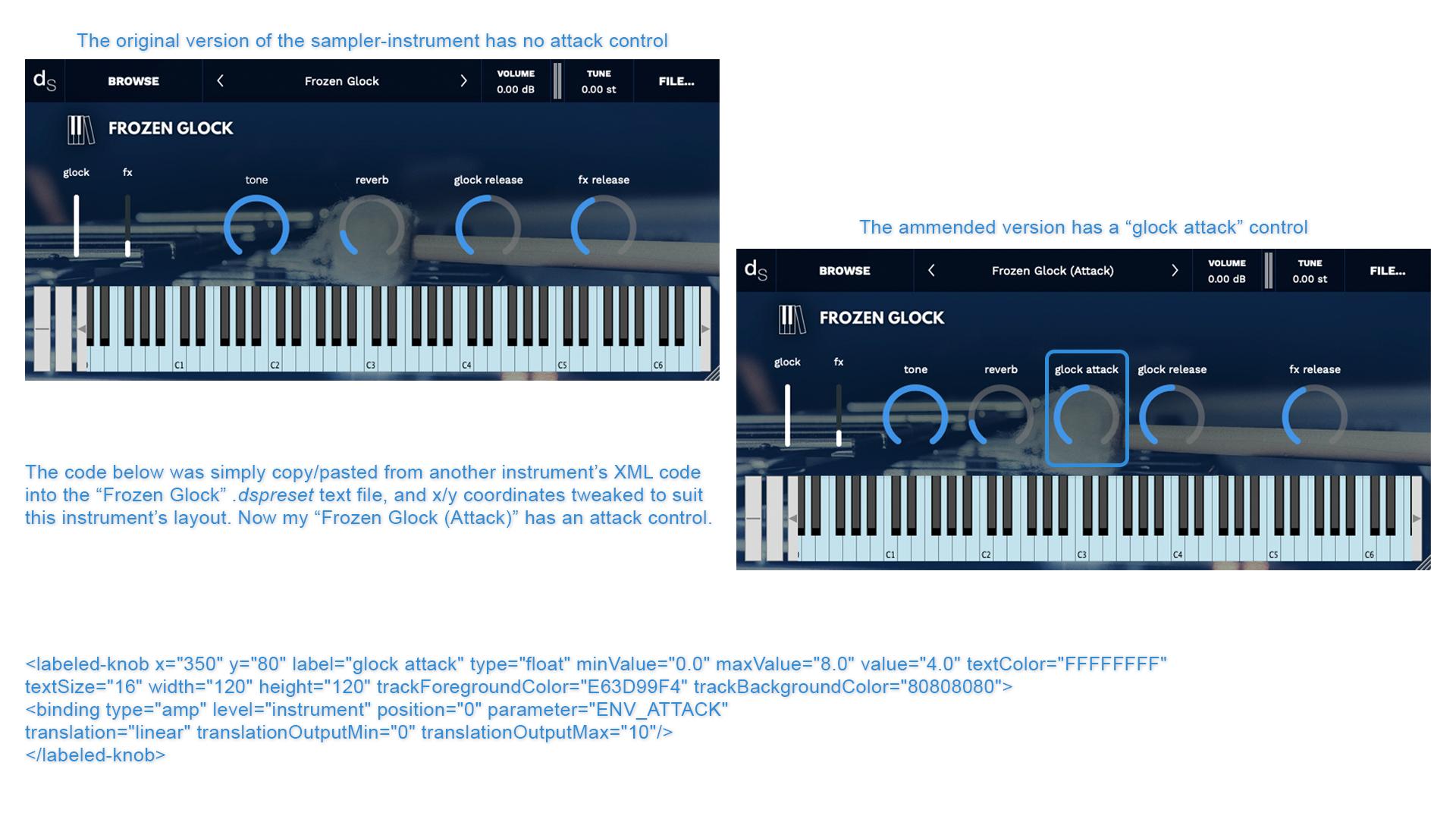
I know this probably sounds quite daunting, especially if you’ve never dabbled in coding before, but rest assured, I’m no coder, and if I can manage this, then anyone can!
I don’t know which is better, the plethora of fantastic sampler instruments or the strong sense of artistic togetherness that’s imbued within the Pianobook community.
If you’ve ever tried to make a sampler instrument, you’ll know it’s a long, arduous and painstaking process. To think that every sampler instrument that you can download and use within seconds was perhaps several day’s worth of work for someone, who willingly gave it away for free.
This is all rather humbling and adds a layer of humility to the creative process. It also serves as a strong reminder that whilst the current era can sometimes feel like we’re all isolated behind social network avatars, there is still a strong community spirit to be found, with like-minded and creative individuals.
So get yourself over to Pianobook and also download Decent Sampler. There’s truly a world of awesome and inspiring things to be discovered, and who knows, maybe in time, you’ll feel compelled to return the gesture and upload your own sampler instrument to Pianobook for others to enjoy.


“OSC” Steve is a composer, producer and educator with a background in piano, synthesisers and sound-engineering. He is an established, independent artist in the Synthwave and Retrowave music scenes, and has composed for several independent video-games including Nintendo Switch™ titles.
